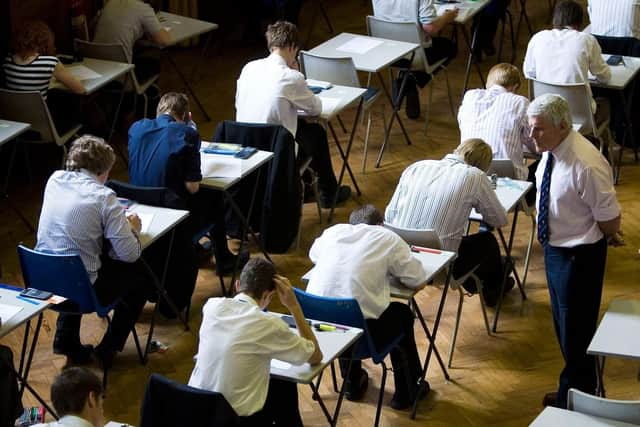School and college league tables: How they are ranked and what the data means


Every school and college across the country is tracked by the government for their progress in A-Level results.
The data, compiled by the Department for Education, shows the progress of pupils taking A-Levels at each educational establishment.


Advertisement
Hide AdAdvertisement
Hide AdThis is what the data means according to the Department for Education:
Progress score and description (A levels)
"These figures tell you how much progress students who studied A levels at this school or college made between the end of key stage 4 and the end of their A level studies, compared to similar students across England.
"The scores are calculated by comparing the A-level results of students at this school or college with the A level results of students in schools and colleges across England who started with similar results at the end of the previous key stage – key stage 4.
"A score above zero means students made more progress, on average, than students across England who got similar results at the end of key stage 4.
Advertisement
Hide AdAdvertisement
Hide Ad"A score below zero means students made less progress, on average, than students across England who got similar results at the end of key stage 4.
"A negative progress score does not mean students made no progress, or the school or college has failed, rather it means students in this school or college made less progress than other students across England with similar results at the end of key stage 4."
Is the ranking system fair?
Critics have argued that the measure is too simplistic and punished schools with a higher proportion of disadvantaged pupils.
According to new data from the University of Bristol, school league tables fail to take pupil background into account.
Advertisement
Hide AdAdvertisement
Hide AdIt reveals that once factors such as pupil ethnicity, deprivation and special educational needs are taken into account, a fifth of schools saw their national league table position change by over 500 places.
Findings indicate that 40 per cent of schools currently judged to be under-performing would no longer fall into this category.